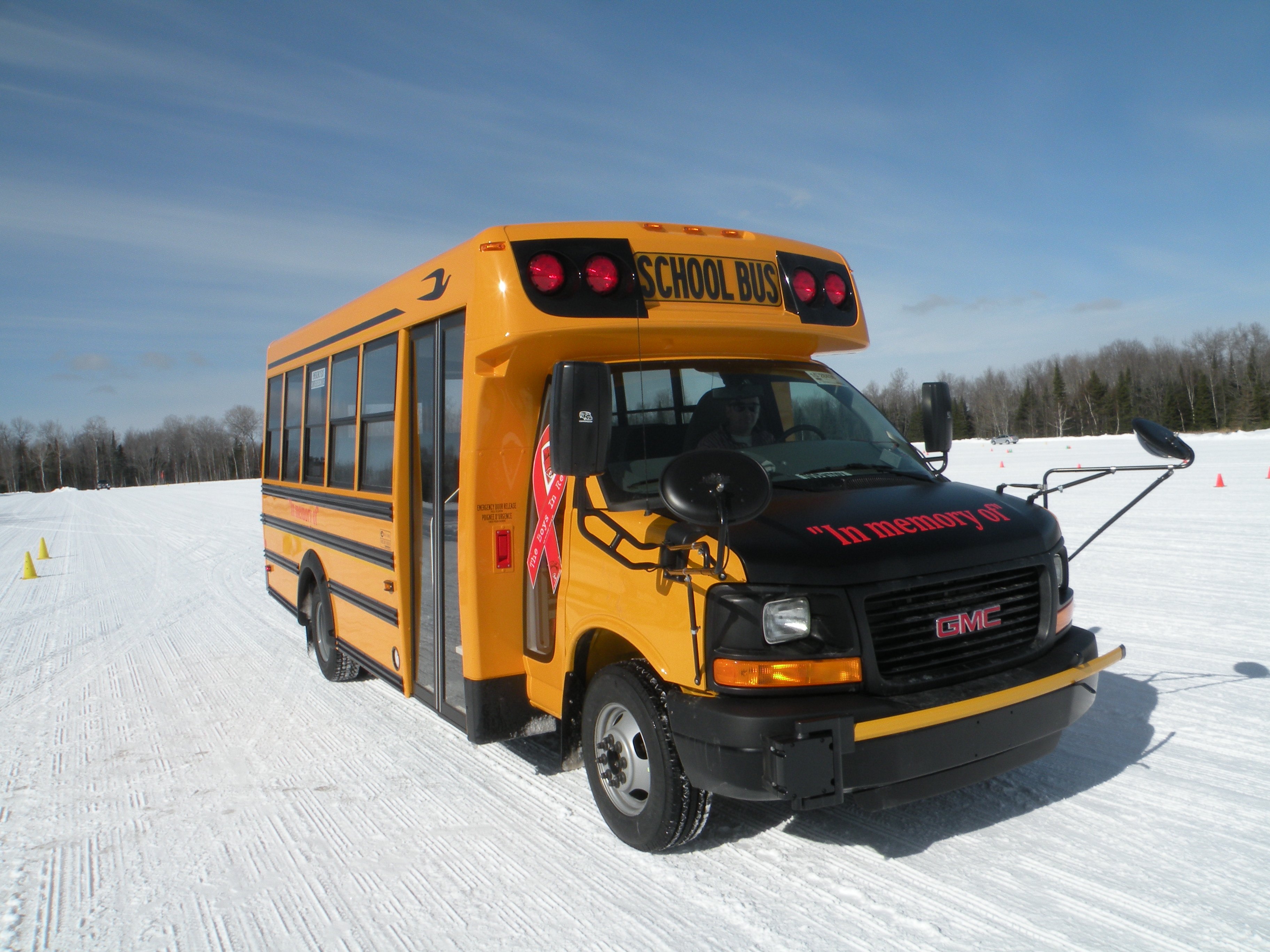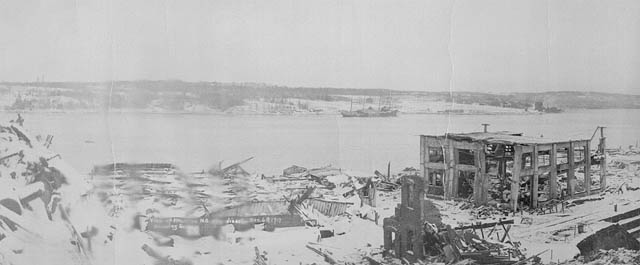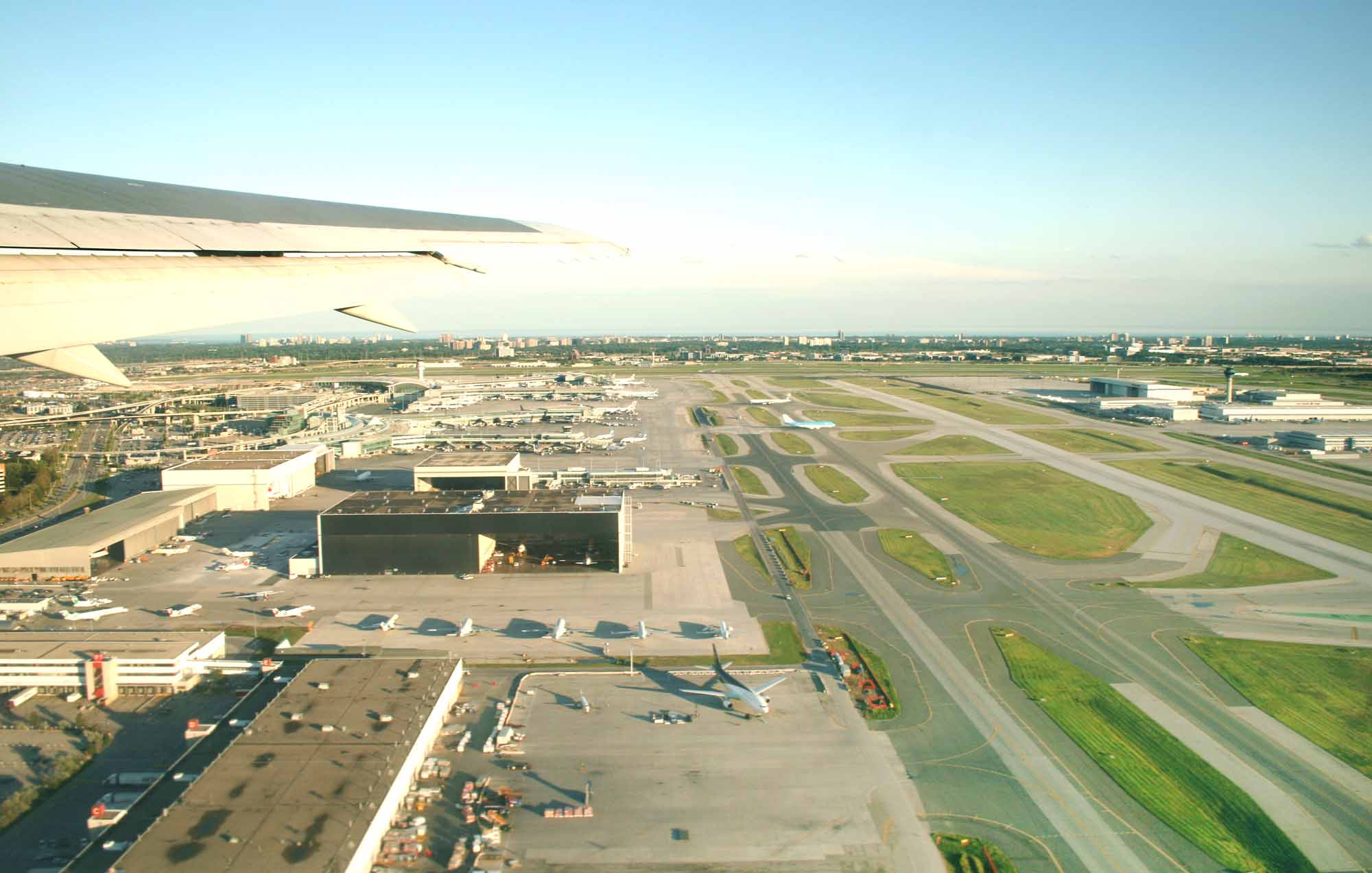
Crash
On the afternoon of Friday, 11 January, the senior boys’ basketball team from Bathurst High School in northern New Brunswick set out on a road trip to a game in Moncton, about two-and-a-half hours away. Although a winter storm was forecast to hit the region, Wayne Lord, the coach of the Bathurst High Phantoms, decided to proceed with the trip. Snow was falling as Lord and his nine players drove to Moncton in one of the school’s “15-passenger” vans for the 6:30 p.m. game. After playing the game at Moncton High School, the Phantoms ate supper in a Moncton mall and were ready to drive home at about 9:00 p.m. Several of the players had brought overnight bags in case the storm forced them to stay in Moncton, but the weather had cleared up and the team headed for Bathurst.
Lord, who was driving, had 11 passengers in the school van: in the back sat nine players plus his teenage daughter Katie, and in the front passenger seat sat his wife Beth. Halfway home, the weather worsened and Lord continued driving amid falling snow and freezing rain, on an increasingly snow- and slush-covered highway. Just after midnight, only 4 km from the highway exit into Bathurst, the van’s right wheels went off the asphalt onto the shoulder of the road. When Lord tried to steer the vehicle back on the highway, he lost control of the van as it veered across the slippery surface into the southbound lane and was struck by an oncoming tractor-trailer belonging to the Loblaws grocery chain.
The van was ripped apart and most of its occupants were flung into the ditch beside the highway. Lord and his daughter survived, as did two players, Tim Daley and Bradd Arseneau — as well as the Loblaws truck driver. The remaining eight passengers were killed: Beth Lord, 51, along with students Javier Acevedo, 17, Nathan Cleland, 17, Justin Cormier, 17, Daniel Hains, 17, Nikki Kelly, 15, and Nick Quinn, who died in the opening minutes of his 16th birthday, after the boys had finished singing him “Happy Birthday,” moments before the crash.
On Saturday, news of the tragedy spread across Canada. Prime Minister Stephen Harper sent condolences, and the Toronto Raptors held a minute of silence for the Phantoms ahead of their game that night. Days later, more than 5,000 people turned out for a large public funeral held jointly for the seven boys — the “Boys in Red,” as they were called after the team’s colours — at the Bathurst hockey arena, where messages were read from Governor General Michaëlle Jean and Pope Benedict XVI.
Accountability
The prevailing view was that the tragedy was a random and unavoidable accident. However, stories also soon appeared in the Canadian news media about safety issues surrounding 15-seat vans, and about the prohibitions in a majority of American states against transporting children in these large passenger vans. The Safety Forum, an American consumer watchdog, described the vans as “death traps” because of their instability at high speeds and poor collision protection for passengers. Nova Scotia had also banned the vans for student transport in 1994, the only province to have done so until the Bathurst crash. Within days of the tragedy, the Canada Safety Council, an independent advocacy group, was recommending a national ban on putting children in 15-seat vans.
Such general concerns about passenger van safety were made worse in July 2008 with the release of two investigative reports into the Bathurst tragedy. An RCMP examination of the collision said the school’s 11-year-old Ford van was in poor condition, with rusty bodywork and worn brakes, and would not have passed a motor-vehicle inspection at the time of the crash. Most importantly, it lacked winter tires, and the all-season tires it had instead were badly worn, poorly inflated and out of alignment. A separate report by Transport Canada said Wayne Lord should not have been driving home from Moncton, because at the time of the crash he had been on duty — as a teacher and coach — for almost 16 straight hours, two more than allowed by law. Transport Canada said the causes of the crash were “poor weather,” ”driver error” including the possibility of “driver fatigue,” the “poor mechanical condition” of the van and “misaligned, worn and improperly inflated all-season tires.”
Neither report assigned blame to any individual, and the RCMP later announced that no criminal charges would be laid. However, a number of families of the dead boys began asking for a coroner’s inquest into the tragedy. When the New Brunswick government showed no indication that it would convene one, two grieving mothers — Isabelle Hains and Ana Acevedo, whose sons Daniel and Javier were among the victims — began a public lobbying campaign for an inquiry. Hains and Acevedo gathered signatures on petitions, held a news conference, appeared on television and wrote letters to Premier Shawn Graham and provincial ministers, demanding an inquest and some form of accountability for the deaths of their sons. They also applied pressure via an online blog called VanAngels.ca.
Inquest
In December, 11 months after the tragedy, the government finally announced it would hold a coroner’s inquest to examine the causes of the fatal crash and make recommendations for the safety of student travel. The inquest took place over two weeks in May, with a jury hearing from a range of witnesses including Wayne Lord and various school officials. Some of the most important testimony came from the Bathurst schools superintendent, who said that at the time of the crash, provincial guidelines existed to promote safe practices for extracurricular school travel — such as not travelling during snowstorms. However, the superintendent said individual schools interpreted the guidelines as they saw fit, and that the system was not regularly monitored, nor were the guidelines enforced by any authority.
The inquest issued 24 recommendations for extracurricular school travel, none of them binding on the government. These included a Canada-wide ban on using 15-seat vans, a weather law prohibiting travel during bad winter weather, and a requirement that schools only transport students to off-site activities in yellow school buses driven by trained school bus drivers.
The yellow school bus recommendation was designed to address a double standard exposed by the Bathurst tragedy. Across most of Canada, a strict safety regime governed the way school boards transported children between home and school (in yellow school buses driven by professional drivers). Yet in most provinces, the same regime did not exist for transporting children to off-site school events. Limited funding meant that schools relied instead on a range of options for extracurricular travel — including 15-seat vans driven by teachers and coaches, and sometimes private vehicles driven by parents — an ad hoc system with unreliable safeguards.
The New Brunswick government pledged to enact most of the inquest recommendations (it had already banned 15-seat vans for school use soon after the crash). However, the government declined to introduce a weather law, or to require only yellow school buses and professional drivers for all extracurricular travel, saying the financial cost was too high. The government did take responsibility for the maintenance of extracurricular school vehicles, vowing to equip them with winter tires during winter months.
National Campaign
Having convinced the provincial government, through her advocacy, to hold an inquest, Isabelle Hains expanded her campaign for student safety, by seeking national standards for extracurricular transportation. Her main goal was a nationwide ban on the use of 15-seat vans by Canadian schools. She wanted them replaced by multi-function activity buses (MFABs), a mini version of the yellow school bus, considered a safer alternative to 15-seat vans.

Assisted by other grieving mothers and the Canadian Union of Public Employees (which represented school bus drivers), and working under the Van Angels name, Hains took her campaign to Parliament Hill, to the national media and to Canada’s federal and provincial transport ministers. She convinced her member of Parliament to introduce a private member’s bill in Parliament — the “Boys in Red Bill” — making it a crime to transport students in 15-seat vans. The bill never became law, but it raised awareness about the issue in political circles and among Canadians.
Hains and her Van Angels group also persuaded the Canadian Council of Motor Transport Administrators, representing the provincial, territorial and federal transport ministries, to undertake a comprehensive study of 15-seat vans. In a 2013 report, the council revealed that nearly 28,000 such vans were in use across the country as of 2008. The council refused to recommend a ban on the vans for children, saying the financial cost of replacing them would be impractical for many schools. However, the council did call for national standards and guidelines and a nationwide education program for the safe maintenance and operation of 15-seat vans.
Phantoms Rise Again
In the fall of 2008, when Bathurst High reopened for classes at the end of the summer following the crash, the school resurrected its devastated basketball program. The new team was assigned to play in the provincial AA school league, rather than the more senior AAA league the Phantoms had once competed in. Bradd Arseneau, who had survived the crash, led the team to victory in the provincial high school championships in 2009 — a triumphant moment for a school and a community still trying to heal from the previous year’s tragedy.


 Share on Facebook
Share on Facebook Share on X
Share on X Share by Email
Share by Email Share on Google Classroom
Share on Google Classroom


